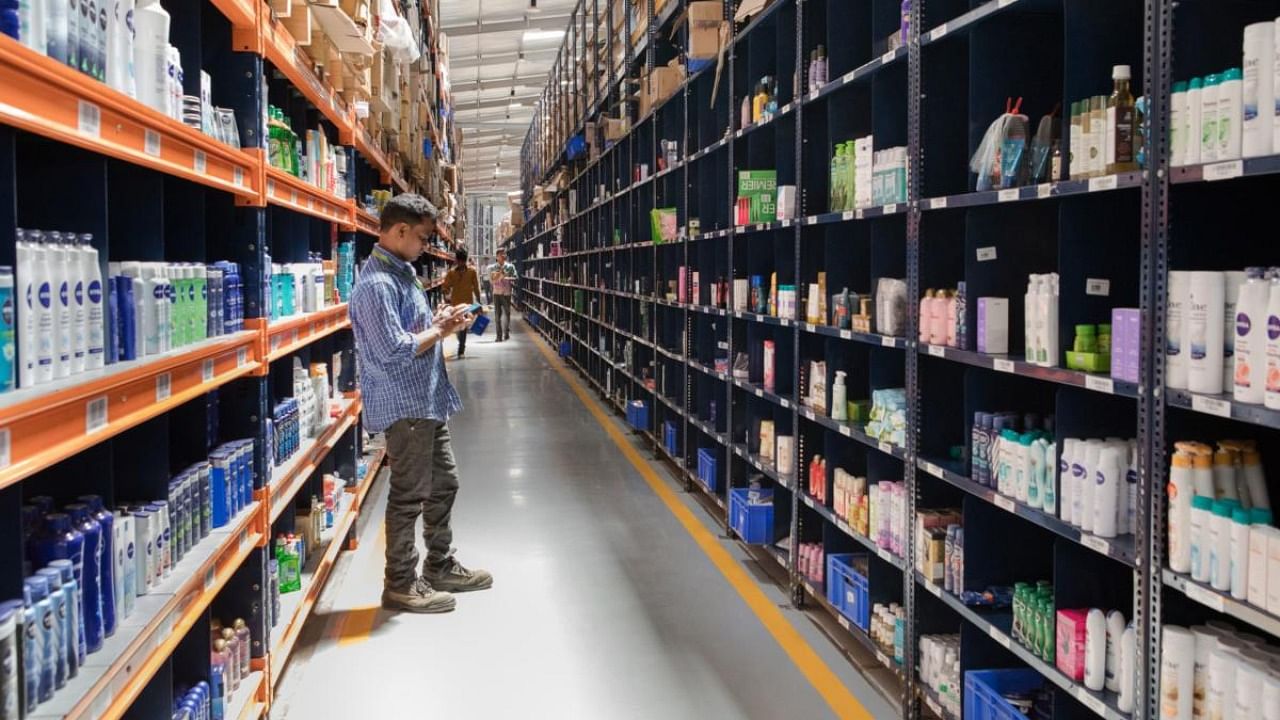
The year 2022 has been a bit of a mixed bag for the fast-moving consumer goods (FMCG) sector. At the beginning of the year, even as consumer demand recovered to some extent from the second pandemic wave, the incoming third wave did dampen sentiments for a while, though not for long, at least in urban markets. As a matter of fact, the urban market even saw a considerable demand surge for regular FMCG products including the discretionary segment. The sustained demand in the urban markets was also due to the emergence of a more organised modern trade as also the rise and proliferation of e-commerce platforms, including local e-commerce and home delivery channels.
However, supply chain disruptions for raw materials and inputs stemming from the Russia-Ukraine war were creating inflationary pressures in the wider economy that caused a struggle for the FMCG businesses last year.
What does the year 2023 look like for FMCG businesses?
Steadily falling input prices to reduce costs, revive demand and production
There has been a definite softening of prices of some critical raw materials such as edible oil since around the end of the second quarter itself, even as the Russia-Ukraine war raged. As a result, now around the year-end, the FMCG sector improved its margins for some products. This will only improve this year. However, the continually rising prices of wheat, flour, rice and sugar have been a concern for the FMCG sector, particularly the food and snack segment. As such, 2023 is likely to see an overall increase in demand leading to higher sales.
Revival of volume-led growth
With innovative pack sizes, ranging from the smallest entry-level packs to intermediate-size packs to the big packs, the FMCG companies have managed to achieve value-led growth in the year 2022. However, now that input prices have exhibited a downward trend and there is sufficient purchasing power in the hands of the end-consumers, the FMCG businesses are likely to see a jump in the volume of demand and thereby see a volume-led growth too in this year.
Rural demand to stage a comeback
With the rural economy increasingly showing signs of normalcy on the back of an improving labour market as well as increasing terms of trade for rural production, 2023 will also see a revival in demand for FMCG products in the rural markets. The hike announced in minimum support price (MSP) for all rabi crops, increased government spending on rural infrastructure projects, rising credit to agriculture and other non-agricultural economic activities, will all boost employment and income levels in rural areas, which in turn will drive demand for FMCG products.
D2C and digital channels to gain further traction
While the pandemic and the immediate aftermath had triggered a flurry of arrangements between FMCG manufacturers and an array of other players such as delivery platforms, modern trade players and local retail partners on the other, this year, will see more of FMCG manufacturers digitising their distribution and retail channels. Employing new-age technologies such as augmented reality (AR) and virtual reality (VR), FMCG companies will also give a more immersive shopping experience for customers during both in-store and online shopping activities.
Improved hygiene thanks to environmentally-friendly packaging
With hygiene and quality of products perpetually remaining a key and a non-negotiable goal for FMCG manufacturers, the year will see increased adoption of environmentally-friendly packaging, resulting in hygiene and longer shelf life of products and also minimise carbon footprint.
The year 2023 holds out great hopes and good fortune for the FMCG sector, though the fears of Covid has not completely dissipated. The bottom line is that if these fears turn out to be unfounded and the economy recovers to full-fledged pre-pandemic levels, the FMCG sector is poised for impressive growth.
(The writer is Director, Bikano, Bikanervala Foods Pvt Ltd)